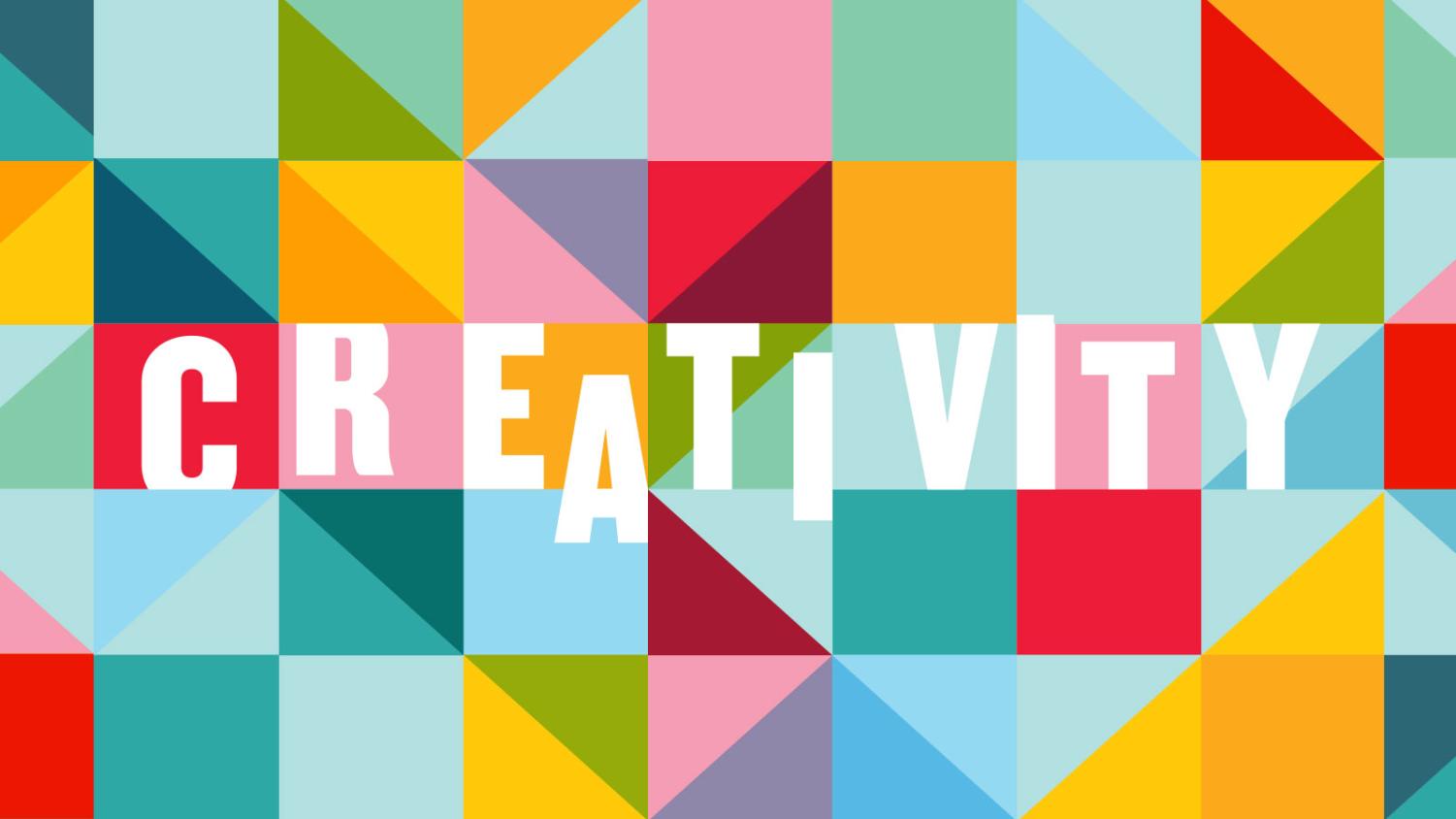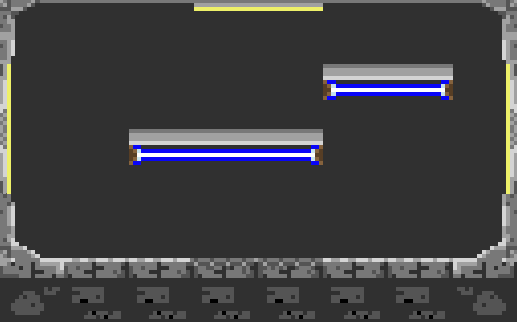Your donation will support the student journalists of Brunswick High School. Your contribution will allow us to purchase equipment. We're a small program with little resources. Our goal is to purchase some updated, and much needed, cameras for the program.
The “Secrets” To Creativity From An Indie Game Developer
What I've Learned About Creativity From Game Development
February 27, 2022
When I first stepped into the world of game development—being a solely technical developer—the vast amount of art required to make a game overwhelmed me. Like most people in my situation, I knew that I couldn’t “get by” programming everything to the best of my ability. I had to make art, animations, music, sound effects, and anything else that would make the game enjoyable. The only problem was that I didn’t know how to go about making these things, especially with next to no experience doing art. My hope in this article is to share some helpful tips and tricks that I have picked up about creativity, going from an absolute beginner to a novice, and what more experienced creators have shared. I’d like to preface this with what I consider to be creativity. I believe that the ability to make something that is unique to you is creativity, not making something that looks good. A broad definition, but not necessarily inaccurate. What I am sharing in this article is not a “how-to make a very specific thing” but an overview of the approaches and steps you could take to do something creative, regardless of your artistic ability.
1) First is the basics—the steps that you should at least have in mind when trying to be creative. According to Lemonade co-founder Shai Wininger, “Unlimited freedom will cause your creative energy to spread too thin […] limit yourself to more structured thinking.” You need to know what you want to make, what the theme is, and narrow down and focus on the ideas that you will be generating. Then you have to generate ideas.
2) Brainstorming—writing down all ideas for later is crucial to finding the base of your concept. Once everything is written down and you have a lot of ideas, you need to look at them from different perspectives. See how they will fit into what you are making, and what other people would see them as. Showing these ideas to other people could be very beneficial to finding one that works.
3) Zero in on your choices—after all of this you have to be able to build up your idea/concept, and get closer to seeing what you will actually be creating. If you aren’t able to add details to the idea, it is likely that it won’t become a great final product, which may require repeating this process. On the other hand, if something really sticks out to you, then you may not have to do all of these steps. Most importantly, believe in what you have. As Wininger said, “You won’t be able to come up with good stuff if you keep thinking about what others would think.”
Now these are great, but what about the process you take in making whatever it is you’re making? Wininger says,“The more ingredients you feed your brain, the better the chance of you stumbling upon a great, original blend.”
4) Keep your mind open—actively and passively seeking inspiration is absolutely vital for this. But what’s the difference between them? Actively seeking inspiration is when I look up “artistic pixel art backgrounds” on google.com to help design the backgrounds of my levels. I am intentionally trying to find something that would look good for what I am making. When I passively seek inspiration I am looking at something and thinking about how it looks, maybe listening to sounds in my environment and paying attention to ideas that float around in my head. I am not trying to find exactly what I am looking for, and am instead looking for things that inspire me, but I don’t know how they will inspire me. Both techniques are very valuable in the creative process, and I highly recommend trying this when you feel stuck. However, the biggest pitfall of doing this is that you may end up copying something that already exists, remember that this is your work, embrace that “essence of yourself” when working on it.
5) Keep the right mindset—when physically creating, “find an inspirational setting.” A creative environment is key to focusing on what you are doing. We are all different and we all have different ways of working, but finding a way to work efficiently is very important.
I’m sure you want to see this process in action. So for this article, I will show you the process I took in designing the levels of my game.
- To begin I considered what the theme of my game was. I decided to make each level unique, and look like they match the theme of the enemies.
- Next up was categorizing the ideas. I had to make the decorative elements, the actual elements of the levels that the player can interact with and the backgrounds of the levels.
- To draw inspiration I looked at other pixel art for backgrounds and levels of 2D games.
- Before physically making anything I had to write down the plan for the levels, and I love making checklists for what I need to do, broken down into smaller components.
- I spend a lot of time working in near silence to get this done, but occasionally I play music if I am doing something that takes less focus.
So far I’ve been able to set up the tile map for the first level, which allows me to make a lot of different combinations for my levels quickly.
As you can see, I am no artist, but I try.
So now you’re ready for the challenges and joys of creative work. My last words of advice … remember why you are making this. If you want other people to see this, consider showing other people your work for constructive feedback before releasing it. If you made this for yourself, I recommend finding what is good about it, no matter what the result is. The most important thing is that you stick with it no matter what.


Mrs. Kowalski • Mar 2, 2022 at 9:41 am
I appreciate your “how to” article and sharing your path of learning.